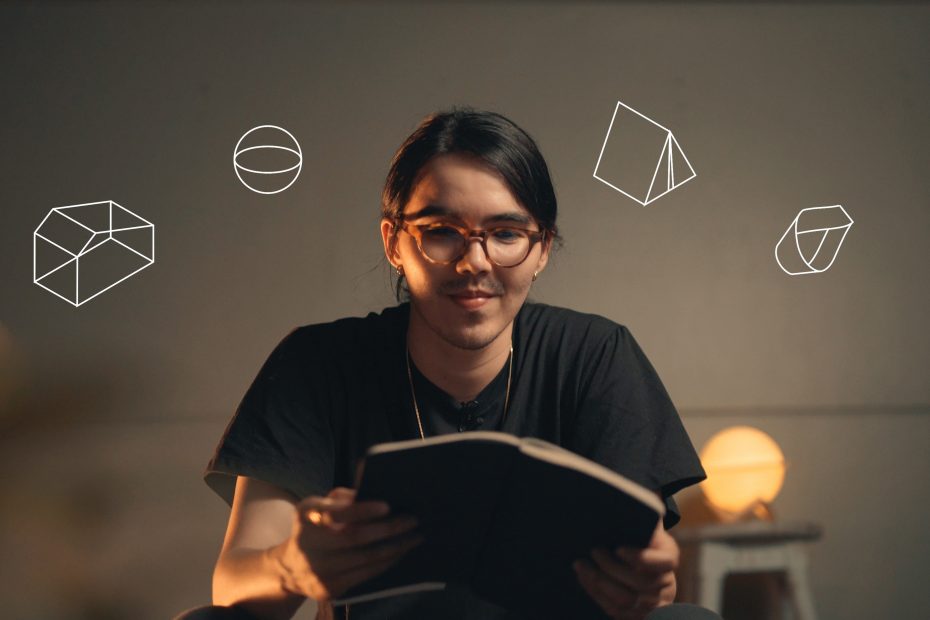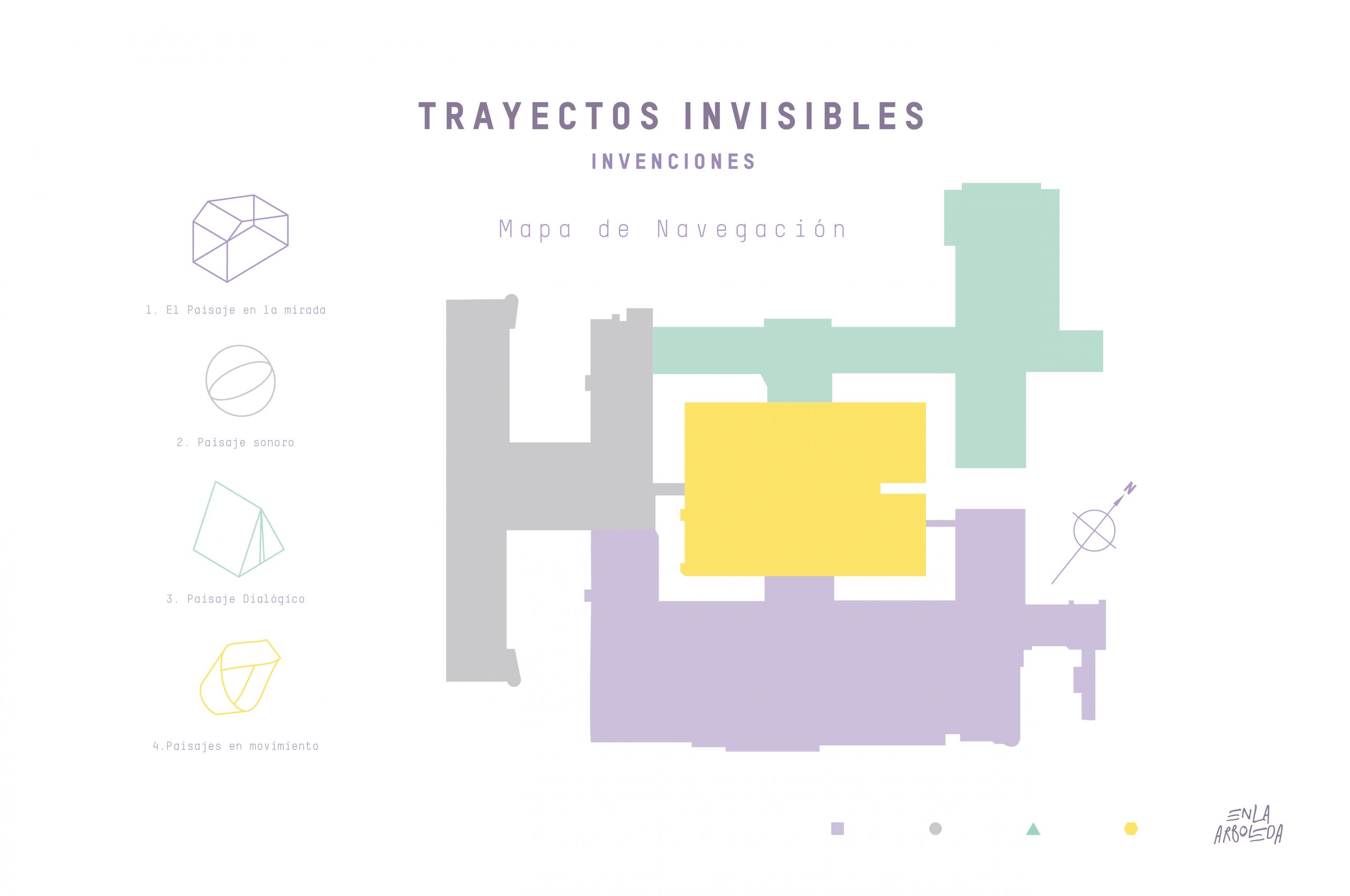TRAYECTOS INVISIBLES

ENLA ARBOLEDA TELLS US THAT:
“About these Invisible Trajectories, I can say first of all that they become perceptible only when we pause and observe them from the future. Second, they move around us with a silent force that transport us into unexpected destinations. Third, they are carved on our skin. Fourth, they are unpredictable, exciting and linked to the present. Fifth, they confluence with others, shaping mountains. Sixth, we realize they belong to us when they make sense, like now…”

The search for invention
“The other imaginative forces delve into the depths of being; they want to find in beings at the same time the primitive and the eternal. They dominate the temporal and the history. In nature, in us and outside of us, they produce germs; germs whose shape is fixed in a substance, whose form is internal.”
Gastón Bachelard, Water and Dreams.
The line is the container of form, the form is the invention of matter; container and content. Invention is a becoming of form. From microscopic atoms to macro systems, through poetics we give meaning to linear landscapes, which from the same structure create landscapes of diverse lines. In the line where something begins, there is also a point where something ends. We are a process of lines that do not lead in a straight direction, that intertwine, sneak through the recesses of thought and from there, emerges the poetic matter - the path of the senses.
The poetics of everyday life presents us with multiple materialities that search for ways to inhabit the world, which implies the invention of a potentially sensitive Universe. The Invisible Trajectories project represents the journey between linear landscapes and the non-linear history of the creative process. It is the individuality that emerges and allows the other to reflect on that which is not always seen, but which translates into an aesthetic experience. A poetic stethogram (Pardo, 1992) is recorded in an affective circuit, where the other vibrates in conjunction with the collective unconscious memory.
Memory is made up of the experiences on these journeys, the universal landscape is formed through these small stories. Here, we understand the universal landscape as the social body that can be observed, contemplated and inhabited via the formation of scenes and narrative spaces. The central landscape of this journey is the house, the home, as the line or starting point to which one longs to return, the center of everything, the nest. According to Bachelard: “In every dream of a house there is an immense potential cosmic house. The winds radiate from its center, and the seagulls come out of its windows. Such a dynamic house allows the poet to inhabit the universe. Or, put another way, the universe comes to inhabit his house,” (1957, p63). From the clarity of the ‘house’ as an origin, the subject allows itself diverse cosmic exploration. So, from the extension and diversity of the landscape, we can enter the process of Enla Arboleda as a transmedia project that goes through and beyond the chronological line and encourages a non-linear journey.
By: Verónica Posada Álvarez